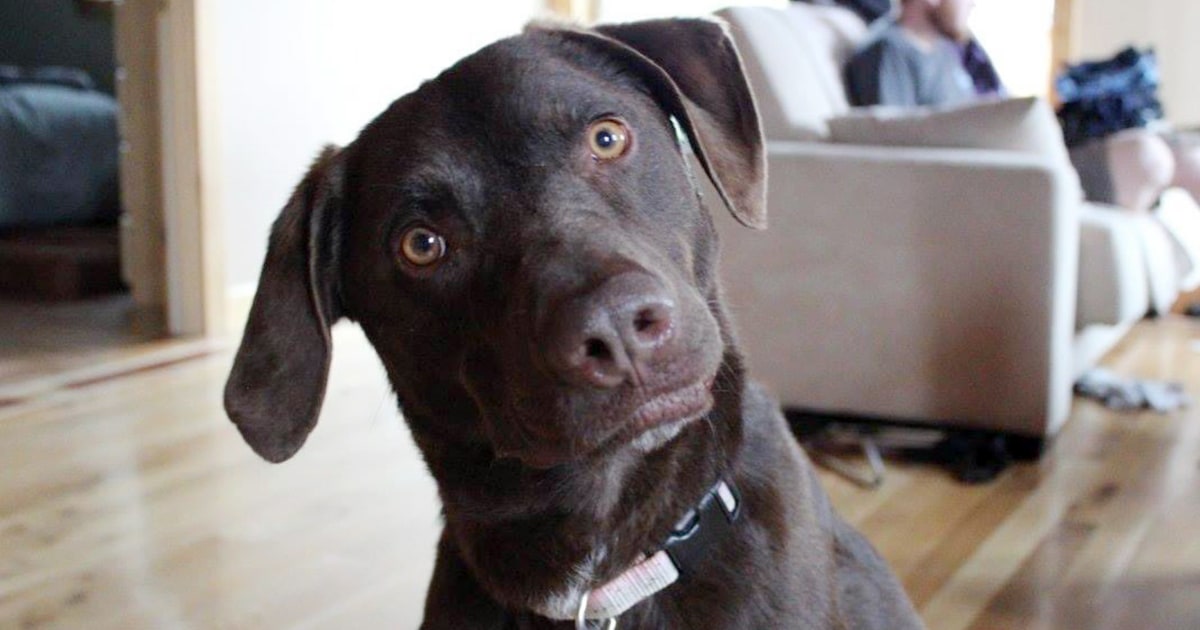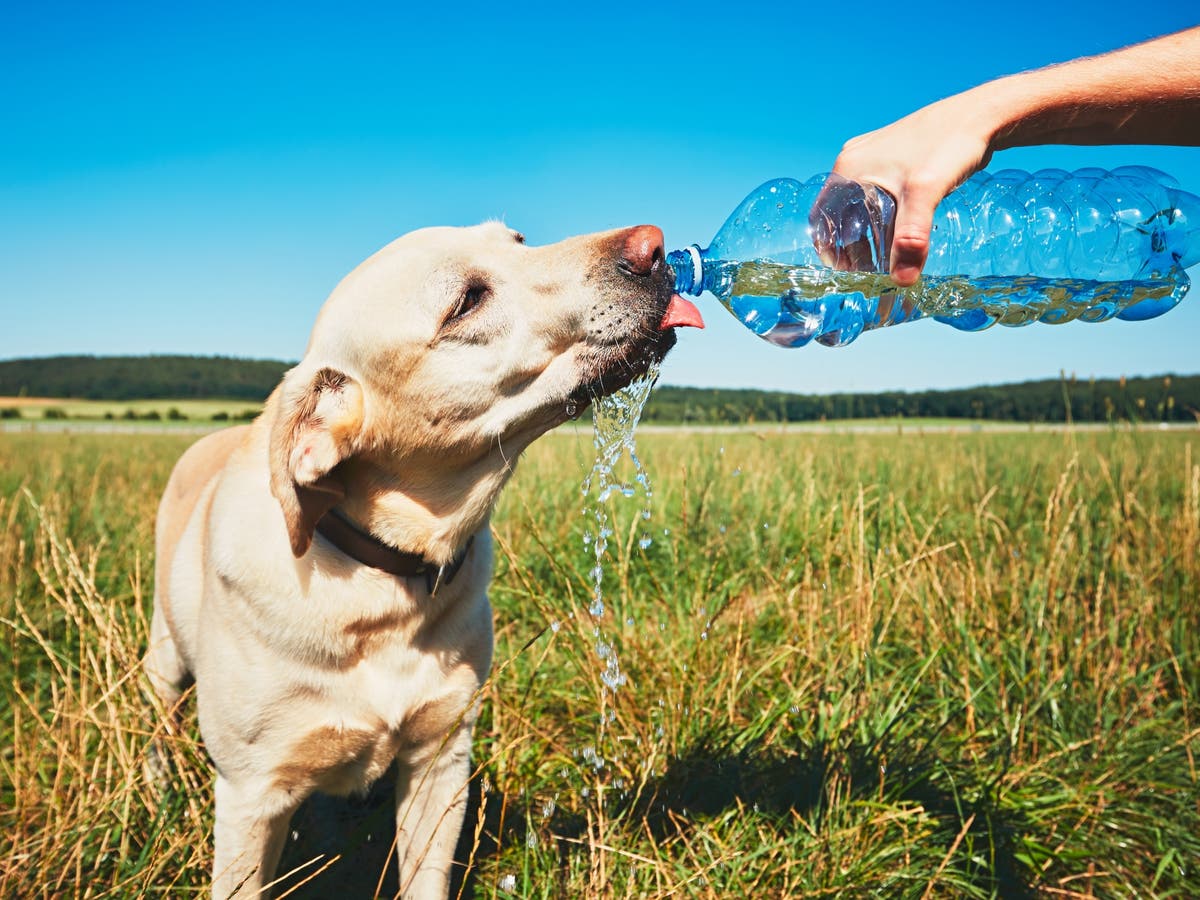
Could your dog have chlamydia?
It’s probably not something you’ve considered. Your dog isn’t going out on the town and having unprotected sex, so they don’t need regular STI checks, right?
Unfortunately, dogs can catch chlamydia without any sex occurring.
They’re more likely to catch the disease from a bird, either by coming into contact with dried bird poo or bird carcasses.
It’s rare, but it can happen, especially if you also have pet birds or you take your dog on walks in areas highly populated by birds.
Cats and kittens can catch chlamydia, too, and with both dogs and cats, the symptoms differ quite a bit from the signs of chlamydia you might spot in humans.
Chlamydia will typically affect a pet’s eyes – a cat or dog may experience swollen, red eyes, watery eyes, and a yellow or greenish discharge.
You can spot an issue if you notice your pet scratching their eyes and panting more than normal.
‘Chlamydia in dogs has different symptoms to chlamydia in humans and it’s not contracted in the same way,’ explains Iain Booth of VetUK.
‘In dogs it’s likely to manifest itself in the eyes, but can affect their respiratory tract too and make them pant more. They can also become lethargic.
‘If your dogs eyes are watering or red and they’re producing certain amounts of discharge, they may be infected.
‘If they’re scratching or pawing at their eyes or they’re panting for more air, it could be because they’ve come into contact with the bacteria.
‘This bacteria is called chlamydia psittaci or psittacosis which can infect them when they come into contact with bird poo. Many birds carry it.
‘One potential hazard of contact is when your dog is out running in fields heavily populated with birds putting them at a higher risk.’
Don’t panic too much – if your dog has come into contact with the bacteria it’s entirely treatable. A vet will usually prescribe antibiotics, which will clear the infection in a few weeks.
Left untreated, chlamydia can lead to more serious symptoms in dogs, such as pneumonia, pericarditis (inflammation of the sack around the heart), extreme lethargy, and diarrhea
And while humans can catch the bacteria from birds, it would be extremely unlikely to catch chlamydia from your dog.

‘This is a different strain of chlamydia than the STD, and you cannot catch an STD from your dog,’ says Iain
‘The chances of catching chlamydia psittaci from your dog would be extremely slim too.
‘For its transmission you’d have to have the chlamydia vaporised, as in dry bird poo which turns into dust form and sticks to a dog’s moist facial parts like the nose and eye. From there the disease can stick and geminate.
‘But to catch it from your dog’s wet eyes would be highly improbable so do not worry.
‘Chlamydia psittaci is zootonic, meaning it can be spread from animal to human. But previous cases have been from birds to humans.
‘Whereas chlamydia in humans tends to affect their reproductive organs, in dogs it affects eyes and their breathing.
‘Humans catch it from bodily fluids, dogs get it from dried bird droppings.’
Thankfully, the psittacosis bacteria isn’t that common in the UK (around 50 psittacosis cases are reported each year in England and Wales, according to the Health and Safety Executive website), so it’s nothing to panic about.
But knowing the signs is always handy, and can help to make sure your dog is treated speedily if they are unwell.












